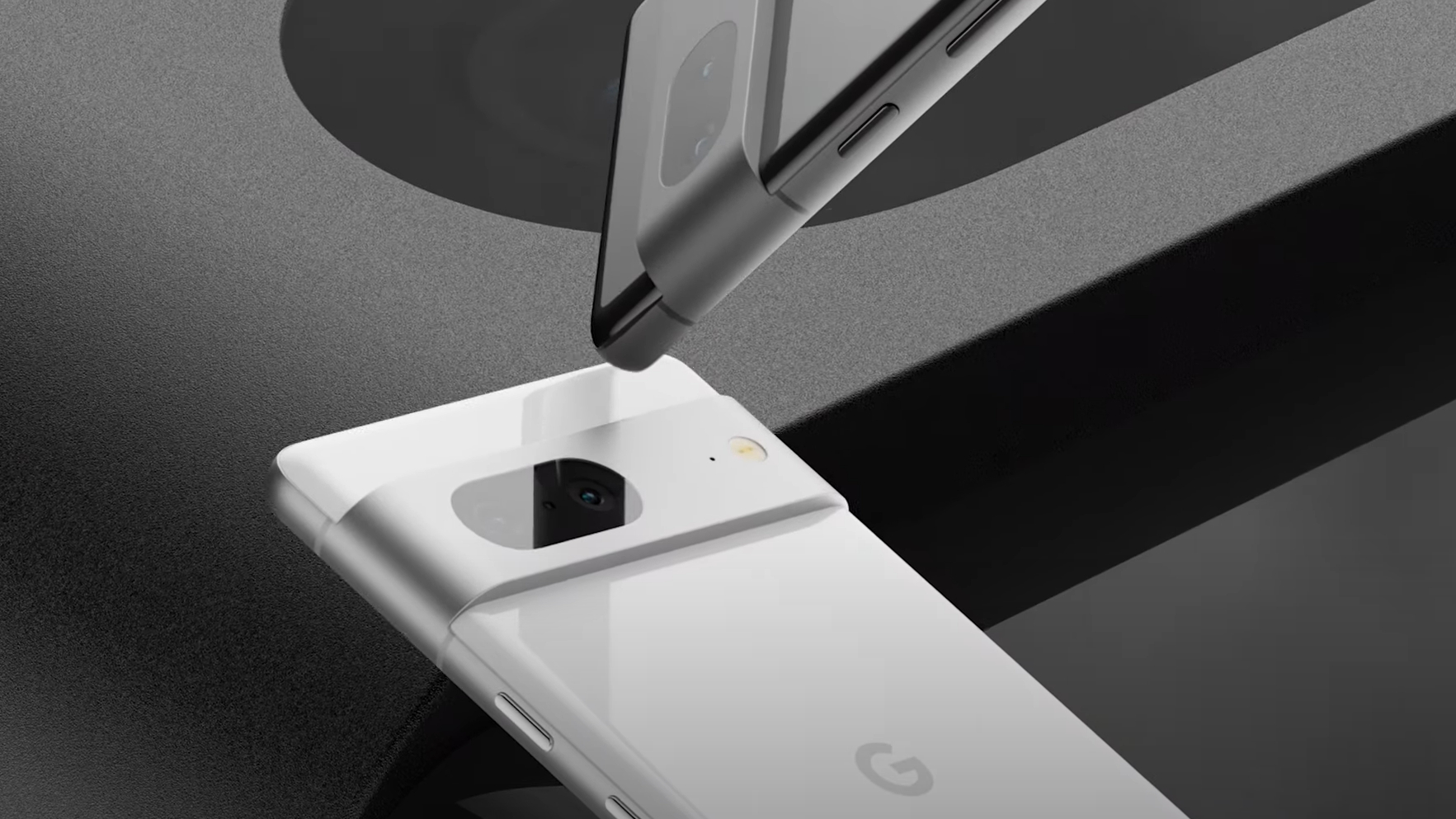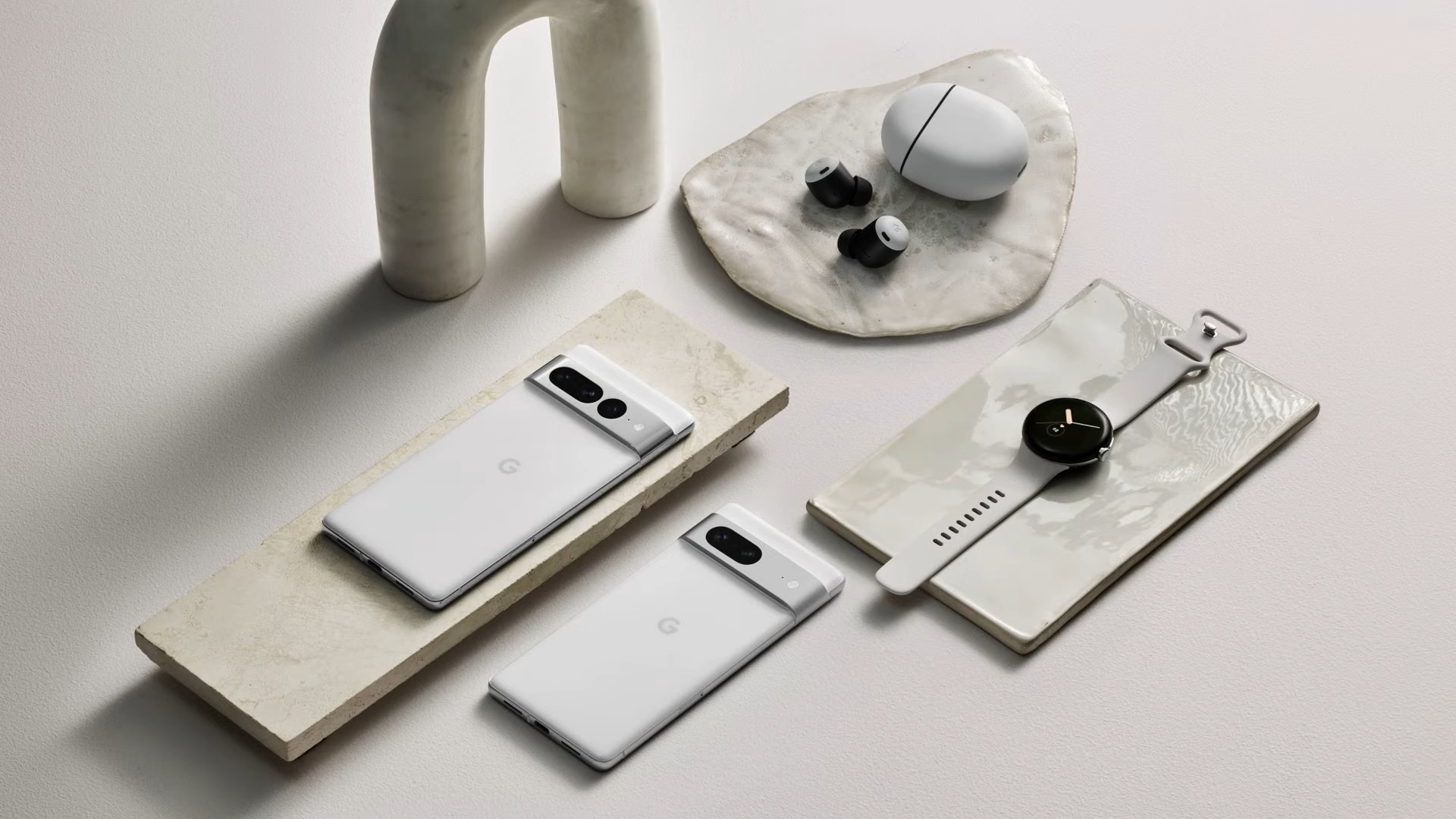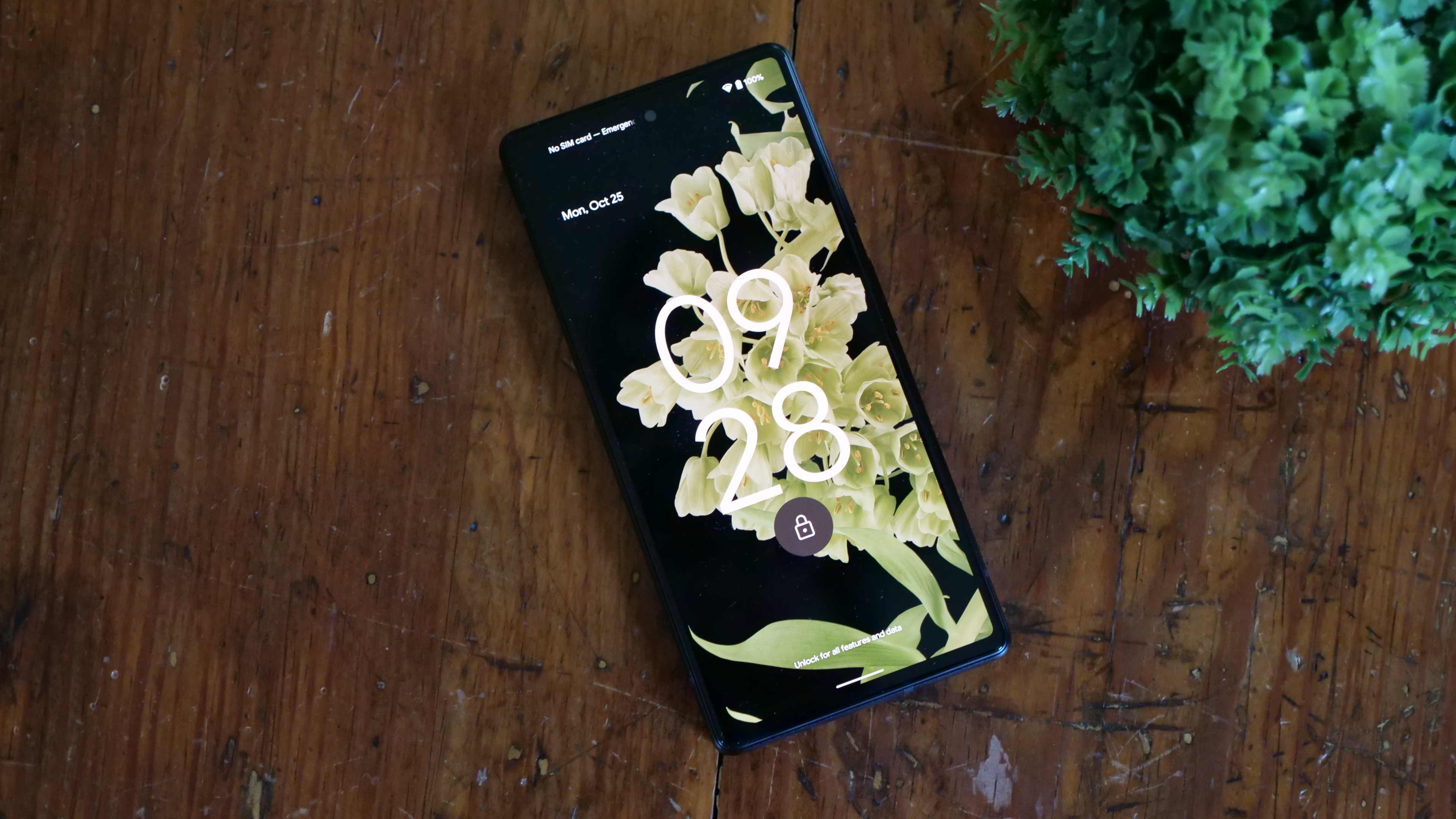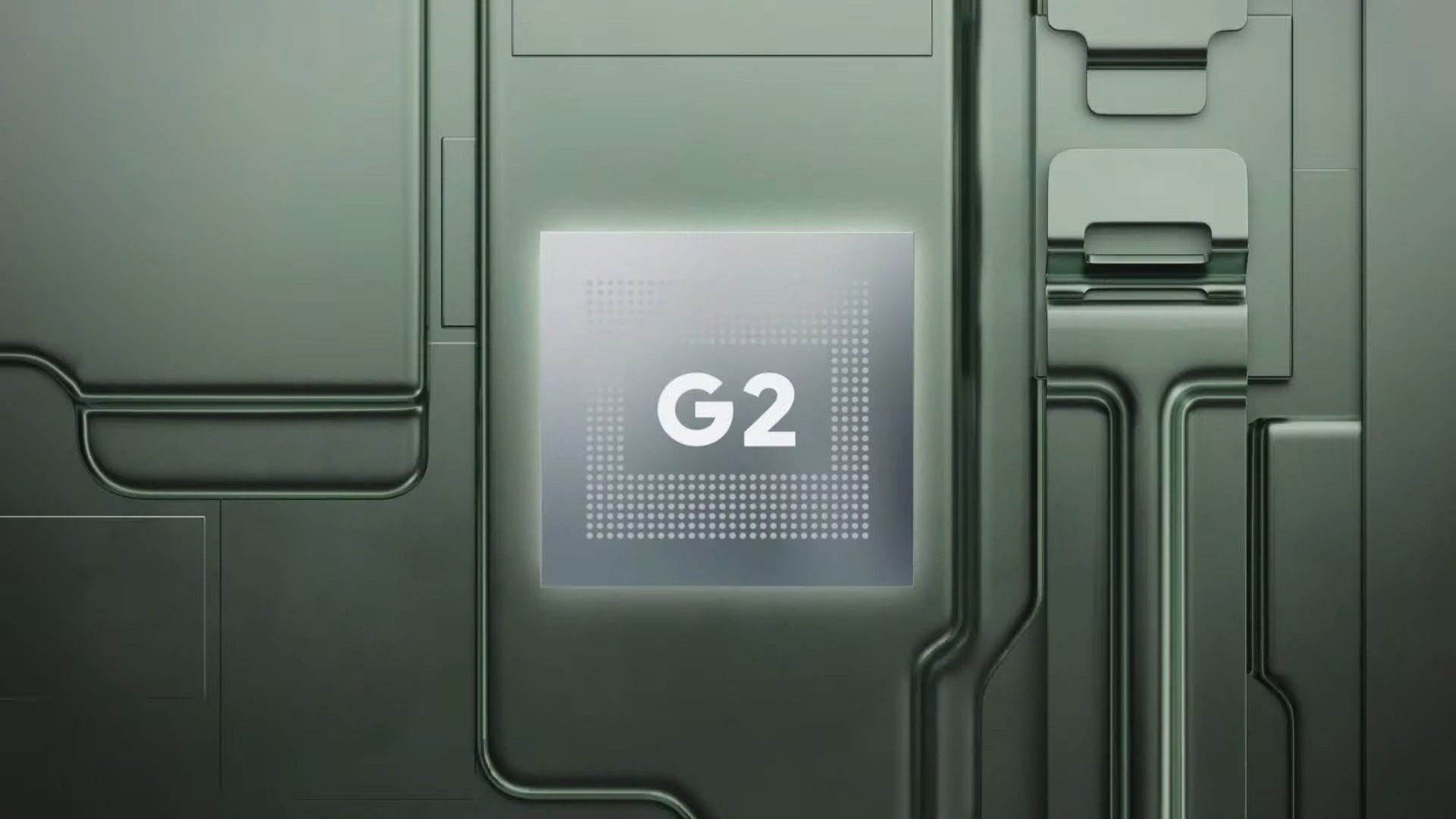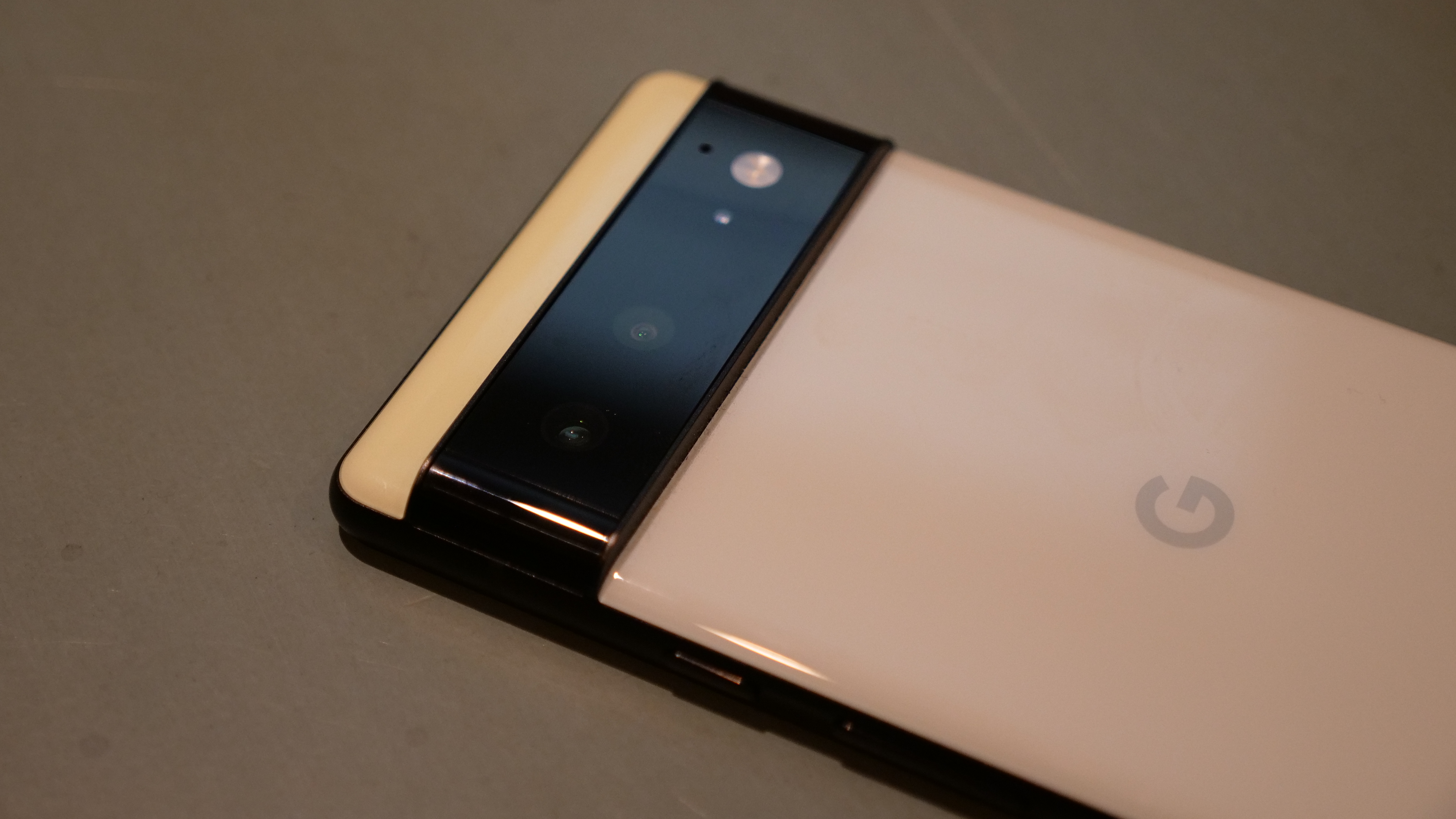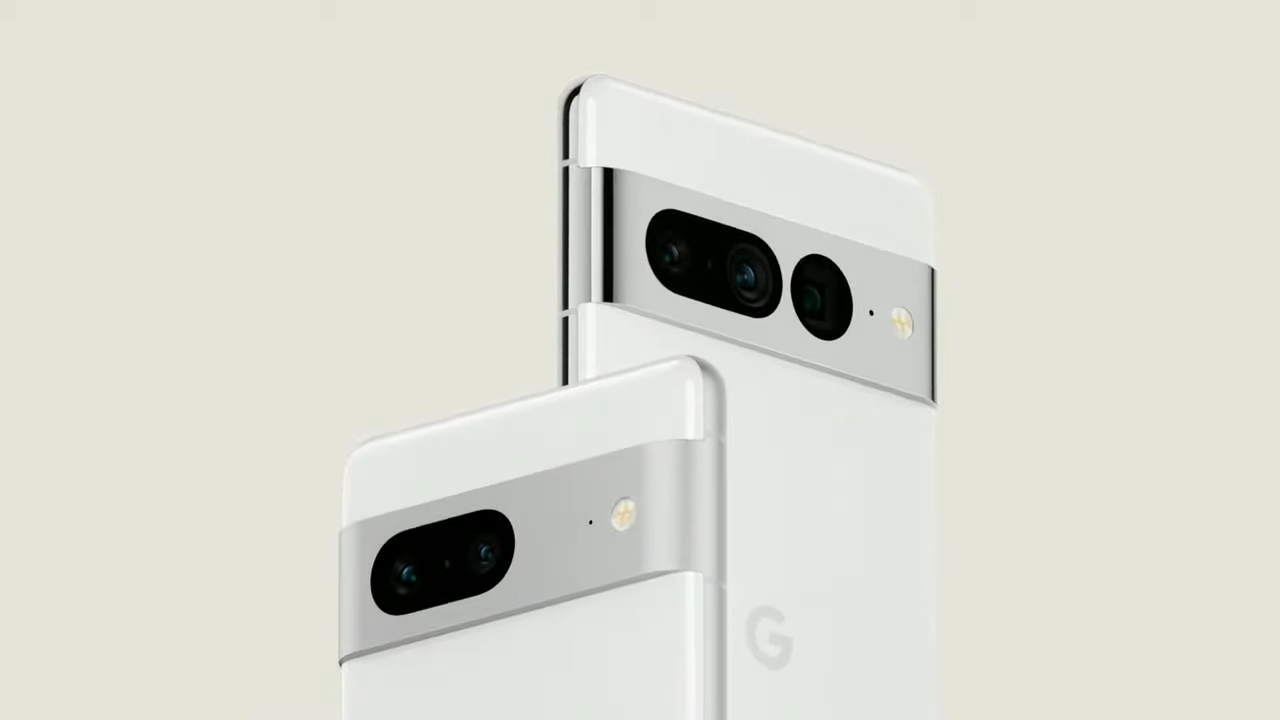Pixel 7 vs Pixel 6: What are the differences?
Is the Google Pixel 7 a worthy upgrade over the Pixel 6?
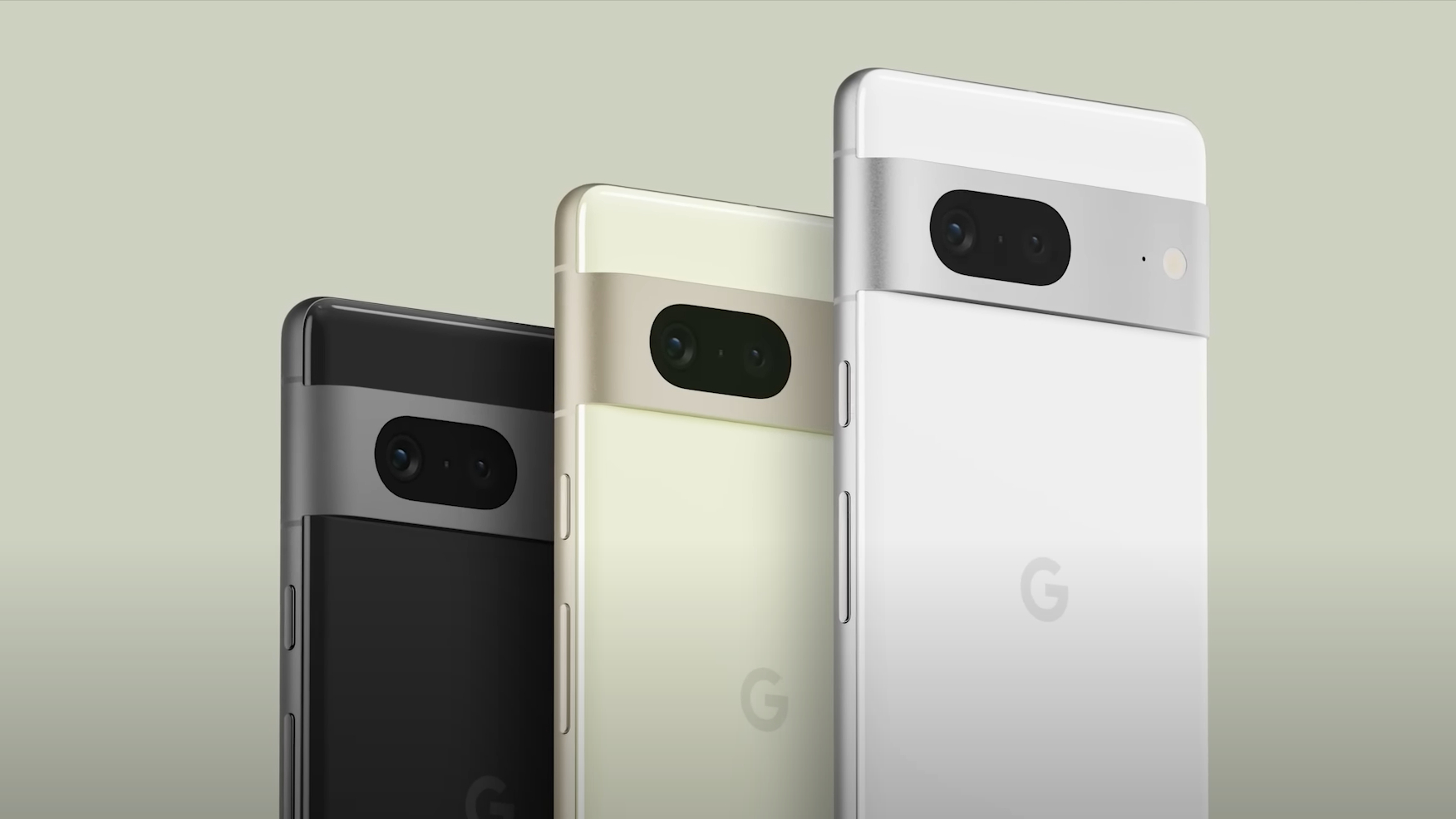
Announced at the Made by Google October event, Google Pixel 7 is here, featuring the next-gen Google Tensor G2 processor and a bold new design. But how much of an upgrade is it over the Pixel 6? Despite the new Pixel flagship boasting similar specs, there are a few differences the Pixel 7 delivers.
Last year, the Pixel 6 reinvigorated Google's smartphone lineup with a revamped design and its first custom-built Tensor chip. We called it the best Android value ever in our review, and the Pixel 7 aims to build on that success with a more refined version.
A lot of what the Pixel 7 brings is thanks to the Tensor G2 chip it boasts, and we'll also be seeing a built-in VPN powered by Google One coming later. Plus, the Pixel 7 also offers the Titan M2 security processor, which boosts security and brings five years of security updates. That's already a step up from the Pixel 6.
Is now the time to upgrade to the Pixel 7? Is the Pixel 6 worth keeping? Check out the differences below. Fancy picking up the Pixel 7 or Pixel 7 Pro? Check out the best Google Pixel 7 and Pixel 7 Pro deals, along with the best cases for Google Pixel 7 and Pixel 7 Pro.
Pixel 7 vs. Pixel 6: Specs
| Spec | Pixel 7 | Pixel 6 |
| Display | 6.3 inch, OLED, HDR10, 1080 x 2400 pixels | 6.4 inch, OLED, HDR10, 1080 x 2400 pixels |
| Refresh rate | 90Hz | 90Hz |
| Storage | 128GB, 256GB | 128GB, 256GB, 512GB (US only) |
| CPU | Google Tensor G2 | Google Tensor |
| RAM | 8GB | 8GB |
| Rear cameras | 50MP wide-angle, 12MP ultra-wide | 50MP wide-angle, 12MP ultra-wide |
| Front-facing cameras | 10.8MP f/2.2 aperture | 8MP f/2.0 aperture |
Pixel 7 vs. Pixel 6: Price
The good news is the Pixel 7 is priced at $599/£599, which is exactly the same as the Pixel 6 when it first launched.
While the Pixel 6 will inevitably be discounted even more, especially at third-party retailers, you won't have to consider spending more in order to nab the Pixel 7 and the upgrades it brings.
Pixel 7 vs. Pixel 6: Design
The Pixel 7 keeps a similar design to the revamped look of the Pixel 6, but with a few changes (and different colors).
If you’re a fan of the Pixel 6’s unique design, you’ll be happy to know the Pixel 7 will sport almost the same rear camera array spanning the back panel. This time, however, we won't be getting a two-tone finish above and below the module — we'll see more of a one-tone finish.
Colors include Snow, Obsidian, and Lemongrass on the Pixel 7, and Hazel on the Pixel 7 Pro with a gold visor. No more Kinda Coral, Sorta Seafoam, or Stormy Black like on the Pixel 6.
The Pixel 7 (6.1 x 2.9 x 0.3 inches) is also slightly smaller than the Pixel 6 (6.2 x 2.9 x 0.35 inches), including a smaller display, which means it's a little easier to hold in the hand. The Pixel 7 is also light at 6.9 ounces compared to the Pixel 6's 7.3 ounces.
Google doesn't want to stray too far from the revamped design of the last generation, but its refreshed look seems far more attractive than its predecessor.
Pixel 7 vs. Pixel 6: Display
Strangely, the Pixel 7 sports a 6.32-inch FHD+ (1080 x 2400) AMOLED display with a 90Hz refresh rate and HDR10+ support. That's slightly smaller than the Pixel 6 with a 6.4-inch display with the same features.
Like on the Pixel 6, you can also expect Corning Gorilla Glass Victus protection, an always-on display, and a 20:9 aspect ratio on the Pixel 7.
Shaving off 0.1 inches won't be that much different in the grand scheme of viewing content on the Pixel 7. With that in mind, you can expect the same bright, 90Hz display found on the Pixel 6. That means a high brightness mode, over a million-to-one contrast ratio, and full 24-bit depth for 16 million colors. Plus the Pixel 7 offers up to 1000 nits (HDR) and up to 1400 nits (peak brightness).
Sure, we would have liked to see a jump to 120Hz, but it's still the best display on a Pixel phone, and the Pixel 7's display continues that legacy.
Sign up to receive The Snapshot, a free special dispatch from Laptop Mag, in your inbox.
Pixel 7 vs. Pixel 6: Processor
The big difference between the Pixel 7 and Pixel 6 is the processor. This time, we're getting the upgraded Google Tensor G2 processor, which Google states will bring even more helpful, personalized features to photos, videos, security, and speech recognition.
It also aims to bring better processing power and battery efficiency compared to the first custom-built Google Tensor chip found in the Pixel 6. Google spent years developing Tensor with a focus on delivering superior performance through advanced on-device AI for faster and better speech recognition and improved image processing.
The Google Tensor G2 builds on that, altogether offering even better image processing for photos and videos and speedier features, with features like Guide Frame for accessibility, Pro-level zoom for crisper images even at 15x, and Photo Unblur. We have yet to test out the Pixel 7, but we expect a major improvement over what the Pixel 6 brought.
Looking at our performance benchmark tests, Geekbench 5 wasn’t overly kind to the Pixel 6 with a multi-core score of 2,696. That is so far behind the iPhone 14 (4,554) that it’s hard to imagine we used the same test. Even the Galaxy S22 (3,341), despite finishing behind the iPhone 14, was well ahead of the Pixel 6.
Where things get more interesting for the Pixel 6 are graphics and real-world benchmarking. In the Wild Life Unlimited graphics test, the Pixel 6 managed 34 fps. However, when using apps and playing games, it all worked even better.
The Tensor G2 will no doubt offer better results. Stay tuned for proper benchmarks once we get our hands on the Pixel 7.
Pixel 7 vs. Pixel 6: Cameras
The cameras on the Pixel 7 are identical to those found on the Pixel 6, except for the front-facing camera. Despite this, the real upgrade will come in the Tensor G2 processor, offering improved image processing for both photos and videos. In fact, we're getting better Real Tone in low-light environments, Photo Unblur, Frame Guide, Super Res Zoom, Motion autofocus, and plenty more.
The Pixel 7 is equipped with a 50MP wide main camera with 1.2 μm pixel width and and ƒ/1.85 aperture, and a 12MP ultra-wide lens with 1.25 μm pixel width and a ƒ/2.2 aperture. That's the same as the 50MP Octa PD Quad Bayer lens and 12MP ultra-wide on the Pixel 6. You can also expect the features found on the Pixel 6, including Pixel Shift, Auto-HDR, and more. Video-wise, expect the same 4K or 1080p at 30 or 60 frames per second.
The one hardware difference is the 10.8MP front-facing camera with 1.22 μm pixel width and a ƒ/2.2 aperture. That's an upgrade over the 8MP found on the previous-gen model, which means even more striking selfie photos. We're excited to test that out.
Again, it's all about the upgraded Google computational photography that the new Tensor chip brings. We'll have to test it out for an in-depth look.
Pixel 7 vs. Pixel 6: Battery life
Unexpectedly, the Pixel 7 has a smaller battery compared to the Pixel 6, sporting a 4,355mAh battery capacity compared to the Pixel 6's 4,614mAh. However, Google claims it has beyond 24-hour battery life.
The Tensor G2 will clearly be doing a lot of the leg work in the battery department, especially if it aims to be the 7 hours and 47 minutes the Pixel 6 tested. Seeing as Pixel 6 battery life claims vary wildly, we're hoping the battery will show more reliable results.
We can also expect the same 30W Fast Charging that Google claims can deliver up to 50% charge in about 30 minutes. Oh, and Qi wireless charging.
We'll give you the low-down on the Pixel 7's battery life when we review it, so keep it locked for here.
Pixel 7 vs. Pixel 6: Outlook
The Pixel 7 may have near-identical specs to the Pixel 6, but the new design and upgraded Tensor G2 processor make Google's next flagship a proper upgrade.
While a slightly smaller display and the same camera specs show the Pixel 7 is a more refined version of the Pixel 6, keeping the price at $599 means you're getting an even better Pixel phone at a mid-range cost. That's not a bad upgrade to have.
We'll be reviewing the Pixel 7, Pixel 7 Pro, and Pixel Watch, so watch this site to find out if Google's latest Android flagships are still the best value for Android.

Darragh Murphy is fascinated by all things bizarre, which usually leads to assorted coverage varying from washing machines designed for AirPods to the mischievous world of cyberattacks. Whether it's connecting Scar from The Lion King to two-factor authentication or turning his love for gadgets into a fabricated rap battle from 8 Mile, he believes there’s always a quirky spin to be made. With a Master’s degree in Magazine Journalism from The University of Sheffield, along with short stints at Kerrang! and Exposed Magazine, Darragh started his career writing about the tech industry at Time Out Dubai and ShortList Dubai, covering everything from the latest iPhone models and Huawei laptops to massive Esports events in the Middle East. Now, he can be found proudly diving into gaming, gadgets, and letting readers know the joys of docking stations for Laptop Mag.
